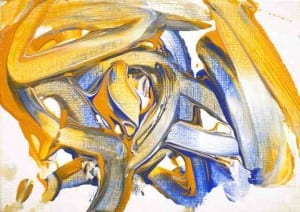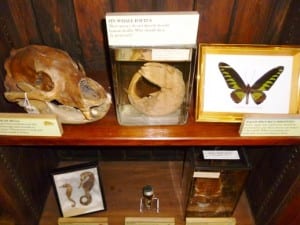The Museum and the iPad: Nature blogs and QRator
By Jack Ashby, on 16 February 2012
The Museum reopened nearly a year ago now and we are still happily experimenting with the different things we can do in our new home. One of the big innovations was the QRator programme on our iPads, developed with the wonderful award-winning people in UCL Digital Humanities and UCL Centre for Advanced Spatial Analysis.
This week Nature blogged about the QRator project for Social Media Week. It begins…
The Museum and the iPad: how the Grant Museum is using social media to make us all curators
15 Feb 2012 | 19:11 GMT | Posted by Joanna Scott
As part of Social Media Week, Nature London talked to Jack Ashby, Manager of the Grant Museum of Zoology at UCL, about QRator, the pioneering project the Grant Museum is working on to allow the public to engage with museum collections by contributing their own interpretations…
…Hello Jack, welcome to the Nature London blog. Can you tell us about the QRator project you’ve introduced to the Grant Museum?
QRator is a project that allows our visitors to get involved in conversations about the way that museums like ours operate and the role of science in society today. In the Museum are ten iPads which each pose a broad question linked to a changing display of specimens. We are really interested in what our visitors think about some of the challenges that managing a natural history collection brings up, and other issues in the life sciences. They change periodically, but at the moment our current questions include “Is it ever acceptable for museums to lie?”, “Is domestication ethical?”, “Should human and animal remains be treated differently in museums like this?” and “What makes an animal British?”
You can read the whole article here: http://blogs.nature.com/london/2012/02/15/the-museum-and-the-ipad-how-the-grant-museum-is-using-social-media-to-make-us-all-curators
 Close
Close






